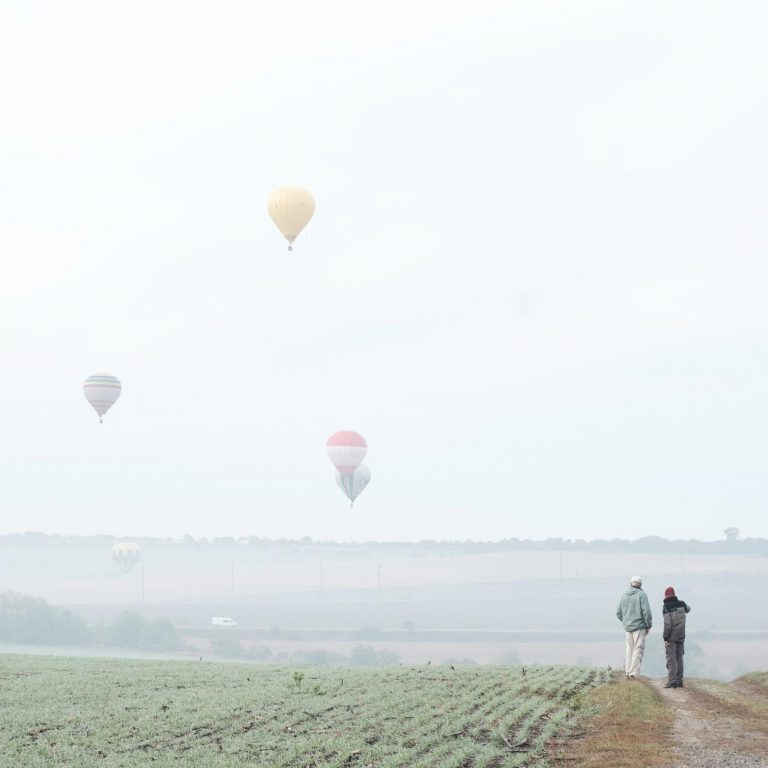The long-standing city of Kamianets-Podilskyi is known for its fortress, organic mix of cultures from various nations, and vivid festival life. The most remarkable of those, in particular, are the hot air balloon festivals. This story is about falling in love with the challenging hot air balloon business, where to get the balloons, why flying in one in the sky is like yachting, and what the prospects are for this industry in Ukraine.
Yurii Moshynskyi first saw a hot air balloon in Kamianets-Podilskyi. He was captivated by the dream of being an aircraft pilot, and around 2013 he started flying hot air balloons on his own. He flew summer to winter, he watched his fear of heights vanish before him, and he is positive that Kamianets-Podilskyi stands a pretty good chance of becoming a ballooning center.
How it all began
When Yurii first saw that hot air balloon ten years ago, he immediately fell in love with flying. He started as a handyman for professionals and later was officially admitted as a full member of the Kamianets-Podilskyi’s ballooning center.
— It all began with a dream. My friends were working with balloons, and I asked them to make such a gift for me on my birthday. I invited myself into the basket as a passenger, and from that moment on, it was if some parasite got into my mind, and I couldn’t get rid of it anymore.

At first, Yurii just wanted to come close to such an unbelievable process, but later he felt like it was not enough:
— For a few years I chased the balloon, helped with unfolding and folding it back, and together with that I slowly came to the conclusion that I had to move further, I had to learn how to pilot a balloon.
In 2013 at his earliest opportunity, Yurii received a license. He entered the school for pilots, passed the medical, and studied for and passed all the required exams. But it was an expensive process:
— The license itself costs, on average, €3,500. And that’s all, and from 2013 onwards I was already flying as a pilot. I really love it. Well, it is like with anything else. If you candidly love the thing you do, you will succeed. If not, you better leave that.

Yurii said that ballooning is the key thing for him these days — it gives him extreme joy:
— I feel very comfortable doing it, because I like it. One thing I’m absolutely sure about is that you have to do something that gives you pleasure. Just like me, I found this stuff, and I enjoy it. Though, I tried a lot of different stuff, I must say. So yes, it might be my lifework. Who knows. Life will show.

Balloon
Today Yurii is a member of the Kamianets ballooning club. It was founded nearly 10 years ago and has over 12 people in it. Three of them are pilots, and about four are the crew members. After all, besides piloting the balloon you need someone to maintain it — to bring it to the right place, unroll it, fold it, and so on.
The club now has three balloons, one for each pilot. Ballooning doesn’t come cheap. A new balloon alone costs around 30 thousand euros, not including the spare parts and accessories. Moreover, the lifespan of the flying craft is limited to 500-600 hours. After that, Yurii says the balloon becomes a rag.

Yurii says that the places where you can buy a balloon are also limited:
— There are a few major manufacturers that make balloons. In Europe there are five to six main firms (in Czechia, Germany, and Spain) that have been making hot air balloons for decades, if not longer.
Ukraine also had its own balloon production back in the day. However, noting with sadness, Yurii says it might have been changed following the events of 2013-2014:
— Some time ago in Ukraine, balloons were manufactured at a factory in Feodosia (in Crimea). There was the Feodosia parachute factory, they were slightly re-equipped, and then learnt how to make balloons. But then, after those notorious events we all are aware of, I think they stopped making even parachutes, as everything has changed there…

The balloon which Yurii’s club members are flying on is equipped with two 60-litre tanks connected with tubes to the special device called the burner. Once the air inside the envelope (the “balloon” part) is heated, the entire hot air balloon gains altitude, and once the air is cooled, the basket descends. Yurii explains the simple principle of managing the flying craft:
— This is how it goes. If you need to get higher you heat up. If you need to go lower you leave it as is, it will eventually cool off and go down. Thanks to the fact that the directions of air currents slightly differ at various heights, we can guide the balloon to the right or to the left.
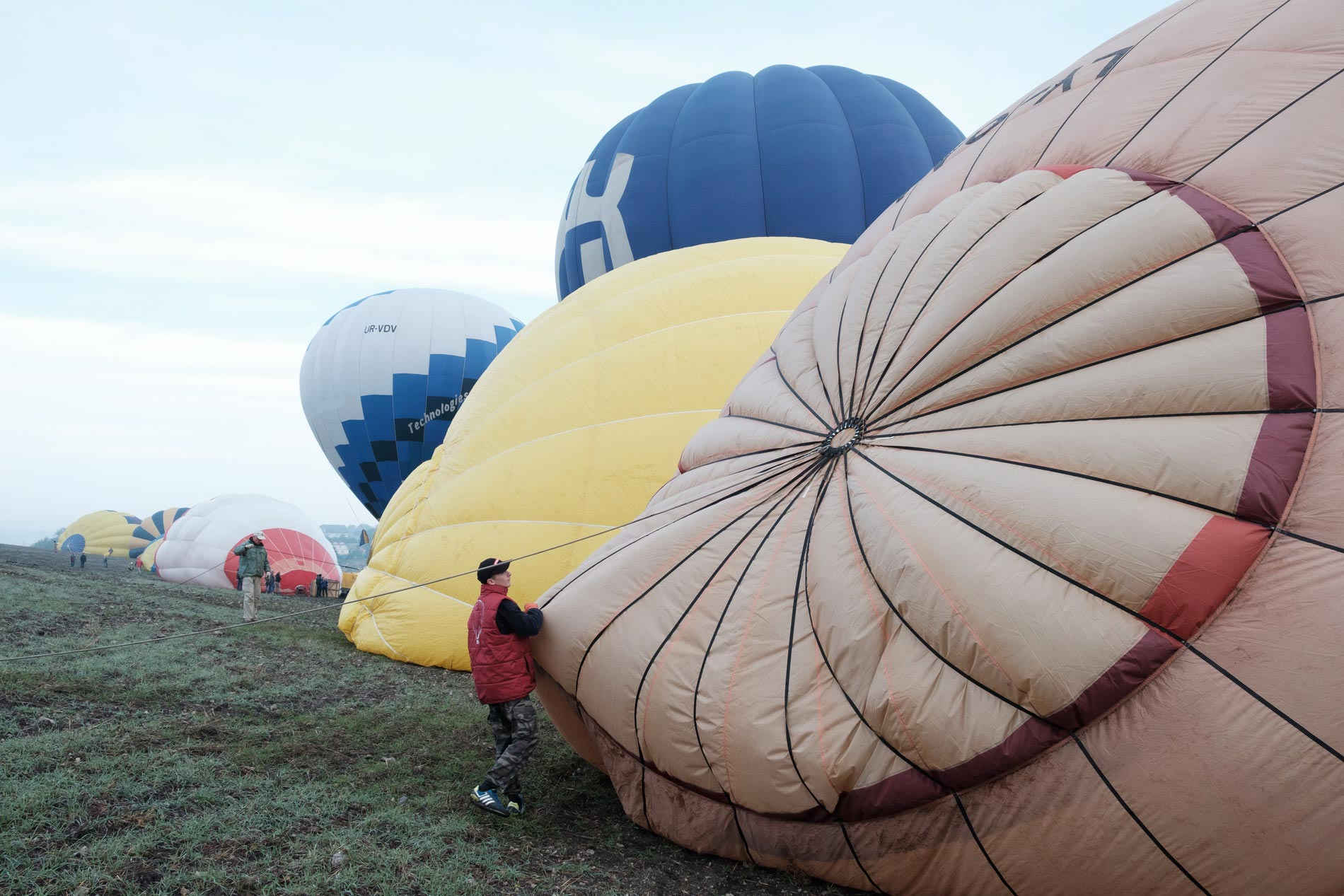
Yurii explained that hot air balloons are considered to be the safest aircrafts since their required weather conditions are quite rigid. You cannot fly under windy or rainy conditions. That’s why the flights are performed on only sunny and calm days, and they normally go without any problems or complications.
Balloon flights usually take place in summer, as the ballooning season is dependent on the tourist season:
— There is no difference whether you fly in summer or winter. The sky is the sky — it’s always the same. The only thing is winter is a bit colder. Well, it is colder everywhere — it gets chilly on the ground as well. But we do not just sit at home. We bundle up and do our stuff, right? Still, we fly for half of the year, and the other half we sit and eagerly wait for the summer to come.
Among the ballooning equipment, you can find a radio station for communications, a barometer-altimeter to show the height and the fall rate of the balloon, and the GPS device to determine the coordinates and horizontal speed.
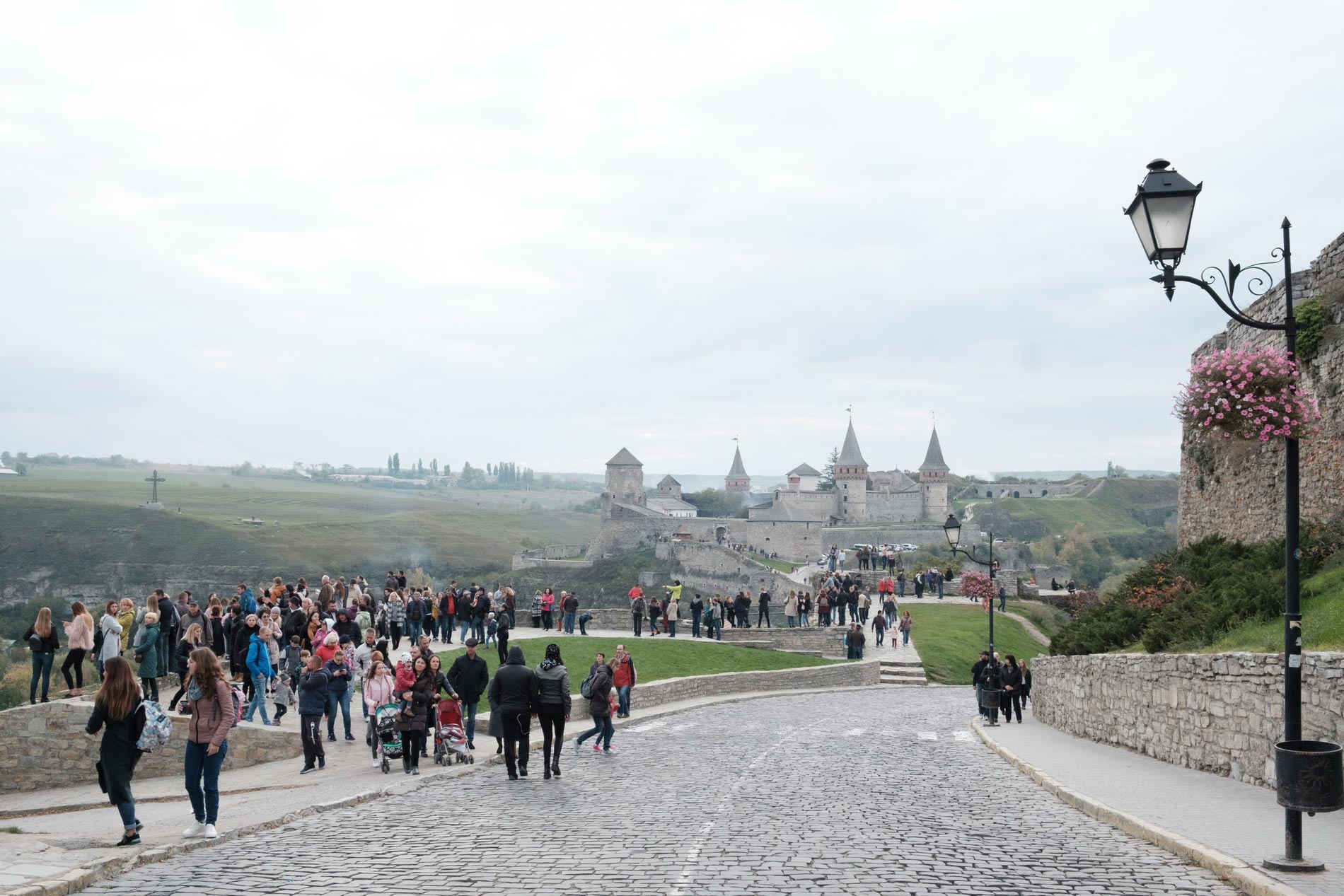
Challenges
Yurii thinks people are the main factor that bring difficulties to controlling the balloon. Mostly it is the nervous passengers, or the local people who, for some reason, have negative feelings towards the aircraft.
Sometimes passengers are hard to deal with, since it’s often their first experience on a balloon flight:
— I know what I do, but they don’t. Anything can happen. For example, a balloon can inflate while landing, but it is okay. It will turn over, dragging a bit on the ground. We will eventually stop, and nobody gets hurt. People don’t always know this, and you can never tell what they will do. But for now it is okay — somehow we manage to calm people and convince them to follow the instructions.
Yurii says no passengers have caused any real drama. On the contrary, it takes two to three minutes for them to realize what is happening, and even those who are afraid of heights lose that fear:
— And here we go, they start taking selfies and putting themselves half out of the basket — that is when I get really worried.
Whereas with the local people it is completely opposite. Joyful contemplation can shift to inexplicable negativity:
— Last year it nearly ended up with a pitchfork standoff. When you are landing, it is usually in some meadow, not a cornfield, nor a vegetable garden. But this meadow belongs to someone. And here comes some neighbour, not even an owner, yelling, “What the hell, balloons again?” And it is strange. Like, is this an everyday thing having a balloon landing by your house, or what? What is the problem? Everything is safe and sound. We didn’t ruin anything. In all fairness, this is very rare. This year was the first time we had such a case. Mentality, what can I say.
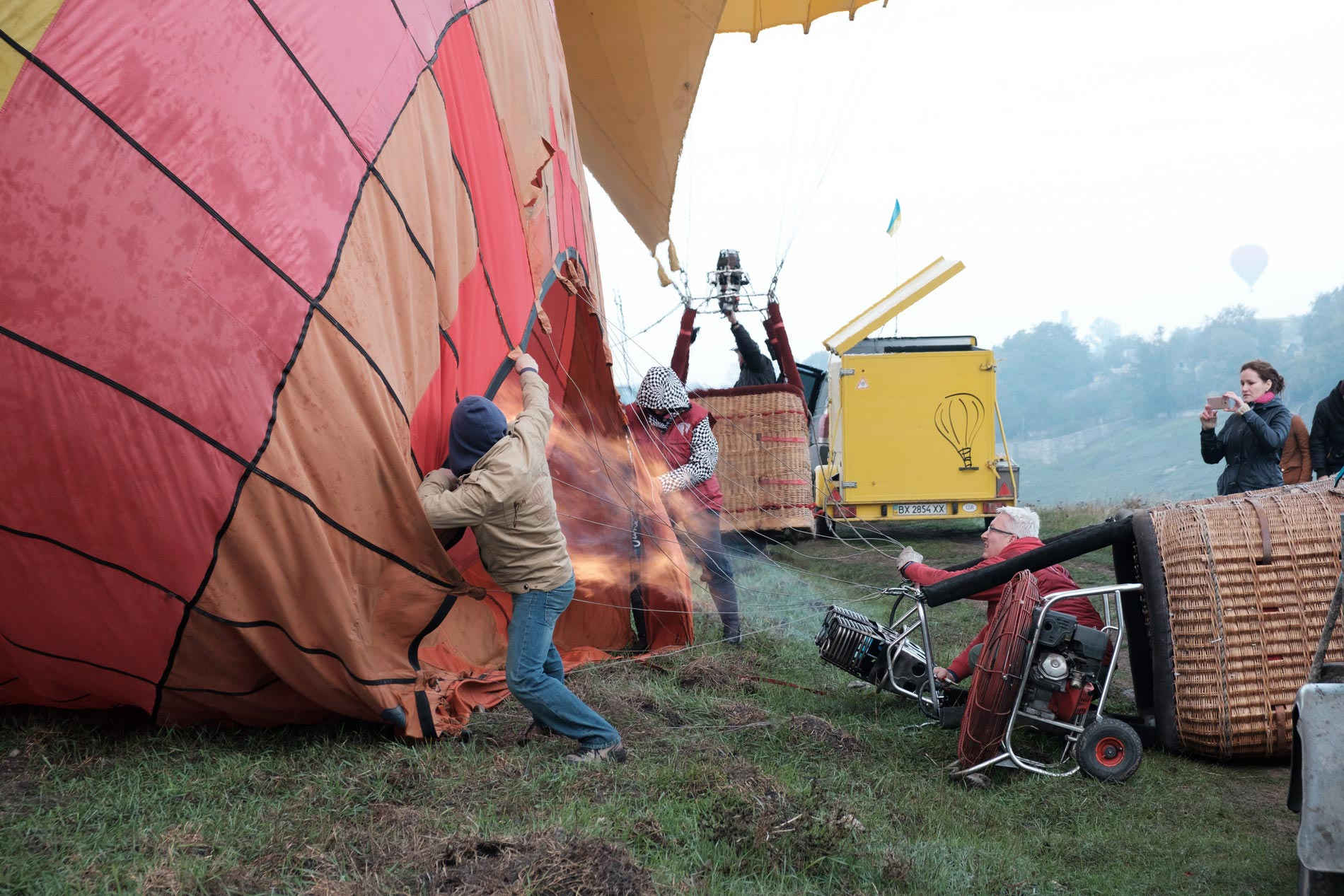
Prospects
The Kamianets ballooning club where Yurii works was based here not only because of the local enthusiasts, but also thanks to fortunate terrain.
Ballooning festivals are now an integral part of the Kamianets tourist culture because of the perfect blend of environmental conditions and the unbelievable beauty of the ancient architecture. The festivals take place two times a year. The tourist season opener is in May at the Podillia’s Championship festival, and the season’s closing takes place in October at the Golden Omega festival:
— This is an interesting place, in particular, for ballooning. It is like yachting. Although yachts only use one horizontal plane, while we have got an endless number of different planes. Meaning yes, we also try to catch the wind just like yachts, but we can catch it at the various heights. That is why Kamianets is unique — its terrain gives very good manoeuvring feasibility. Flying here is really exciting because of that. Besides, we live here. It is our city.
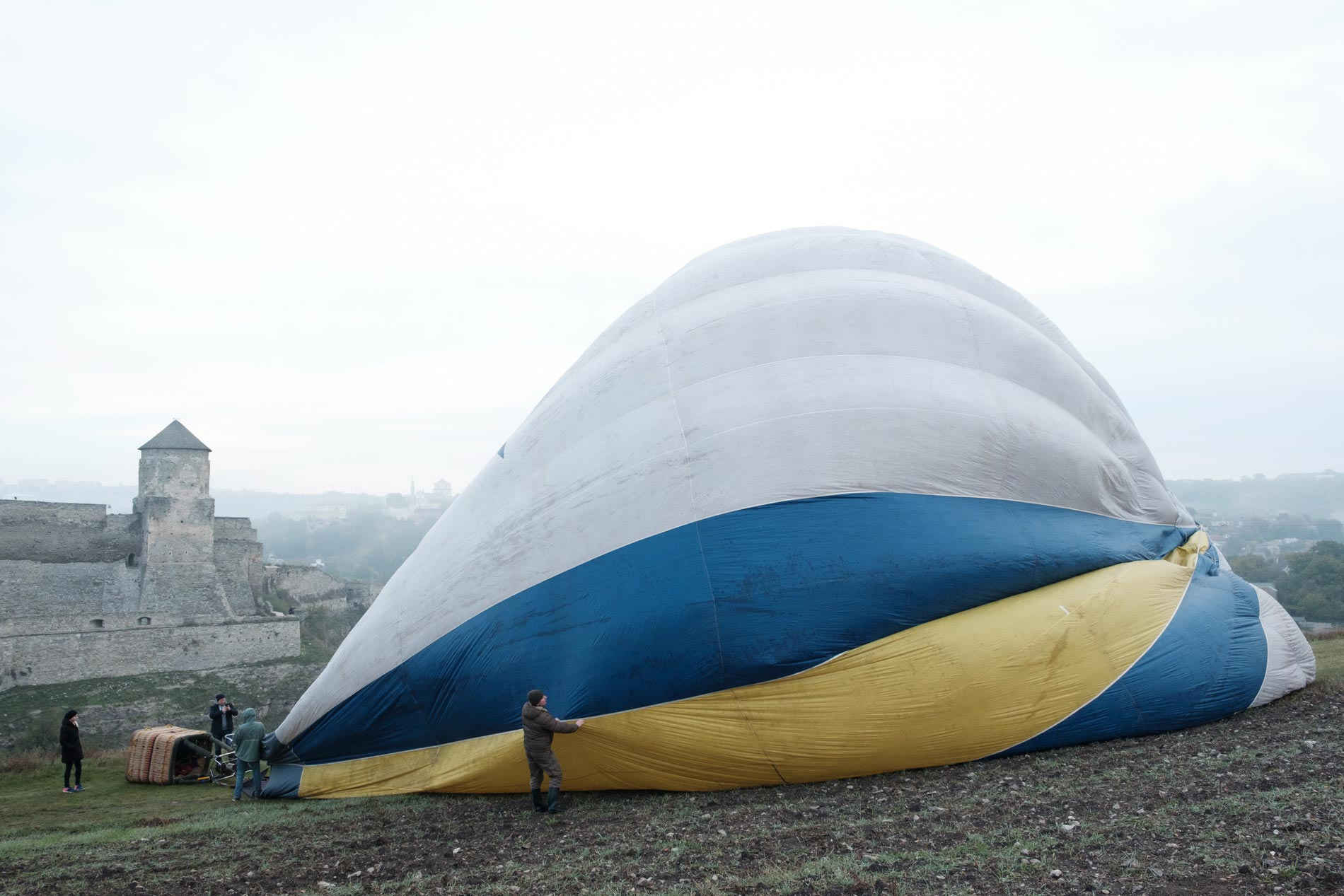
Yurii is sure that Kamianets-Podilskyi may reasonably become Ukraine’s ballooning centre. But a lot of efforts and resources are required to make this happen. As an example Yurii points out the Japanese city of Saga. He says that Saga is a unique location for flying a balloon. There is a flat valley surrounded by the mountains on all sides:
— The winds are just unbelievable there. About 100 balloons take off — last year it was 115 — and they all take off simultaneously.
The city that seemingly had nothing to offer to tourists has found itself in a ballooning business. Well played by the unique location and wisely put development strategies, the city’s infrastructure is now all about ballooning. They have a special “ballondrom” (the great stadium for the balloons to take off), the ballooning museum, and the whole city decorated to look the part:
— Saga is like a tourist mecca for all the ballooning lovers. Balloons adorn the driveways, balloons adorn the sidewalks, even the manhole covers have balloon images on. They had nothing special in Saga, but they have found their thing. While the festival events take place they open an additional railway station called Ballondrom. They set mobile booths and ramps to make a station right there near the Ballondrom, and tons of people come through.
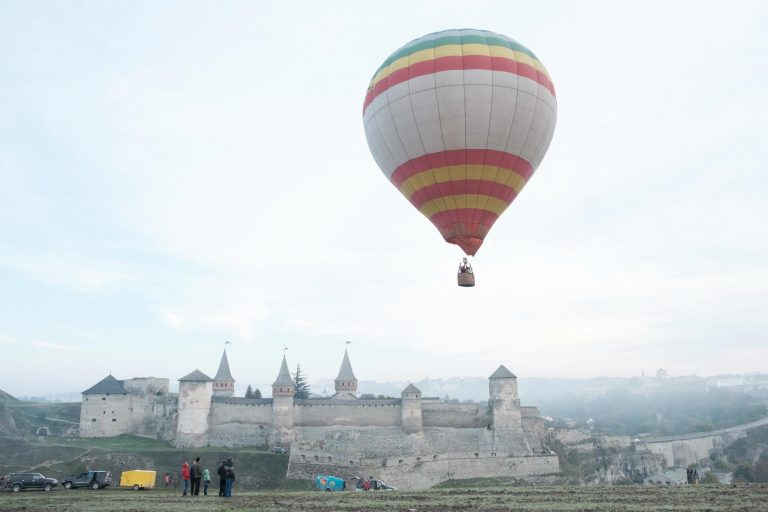
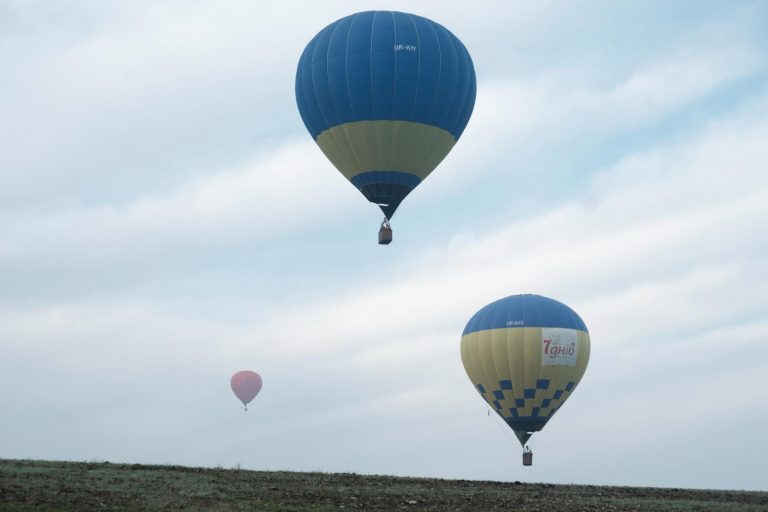
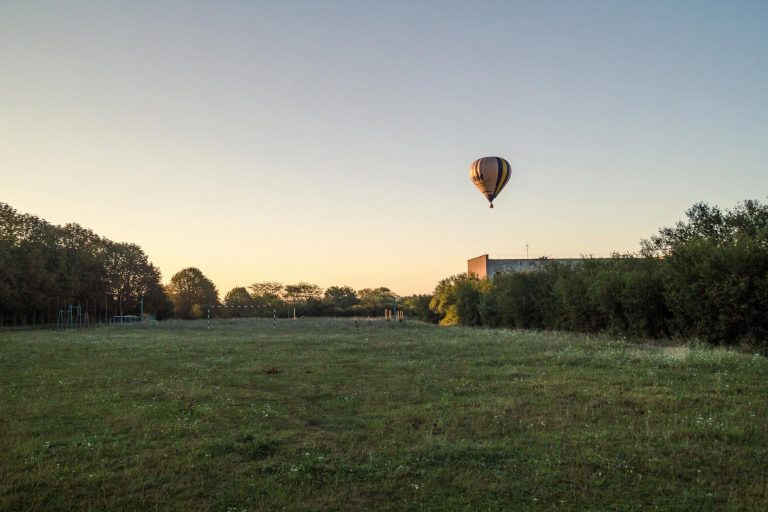
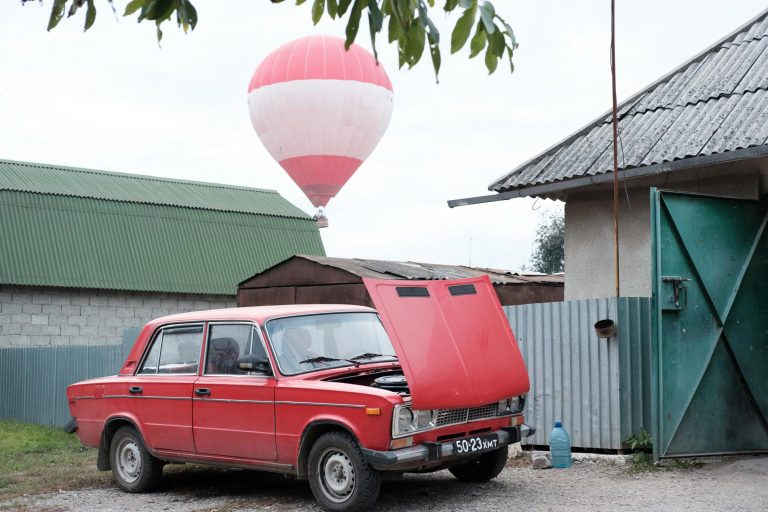
slideshow
Kamianets-Podilskyi has every chance to become a Ukrainian version of Cappadocia. under certain circumstances, Yurii says:
— Cappadocia wins again with its peculiar landscape. Because it is unusual. I am sure we have got a shot. We just need some time, that’s all.
Cappadocia
City in Turkey known for its ballooning festivals and unbelievable terrain.Yurii says that Kamianets is not the only place in Ukraine developing its hot air balloon business, thanks to growing domestic tourism in the country:
— We are spurred by domestic tourism, because it all stands on whether you have passengers or not.
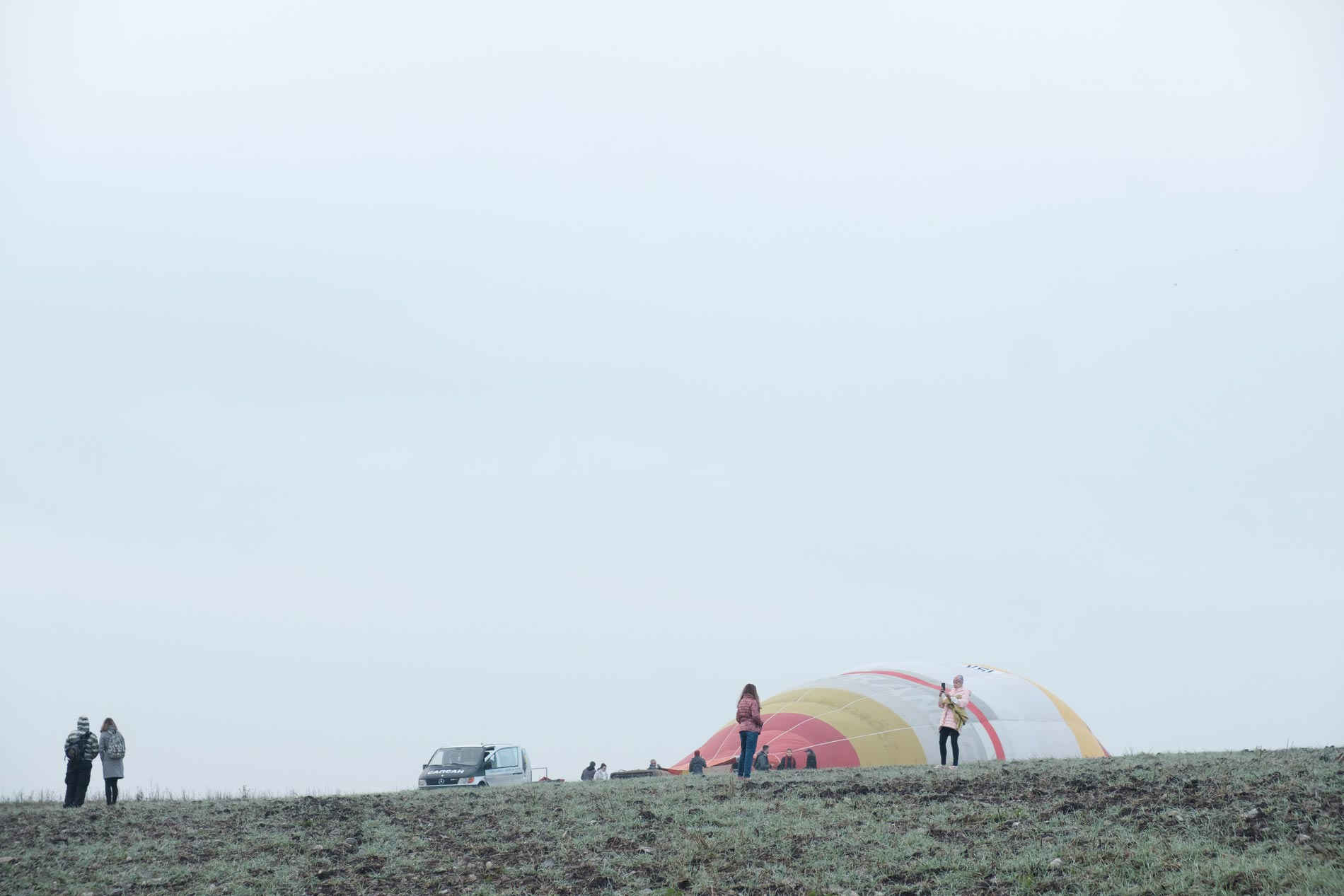
Although tourism serves as the engine for the development of the hot air balloon industry, this enthusiastic fuel can’t last forever:
— Enthusiasm runs out pretty fast. You know, the sheer enthusiasm. Consequently, there are lots of new people graduating from Kyiv piloting school who can already fly with a licence, and balloons are being bought as well. Today, there are an estimated 60 balloons and 50 pilots of the Ukraine Ballooning Federation.
Yurii is convinced that the Ukrainian ballooning business has a great future, in spite of everything. We can make it as long as there is enough encouragement in the hearts of fans:
— Don’t worry about balloons. You just get the fish, we will cook it. After all, it is not about the balloons, it is about the ones to fly them.

